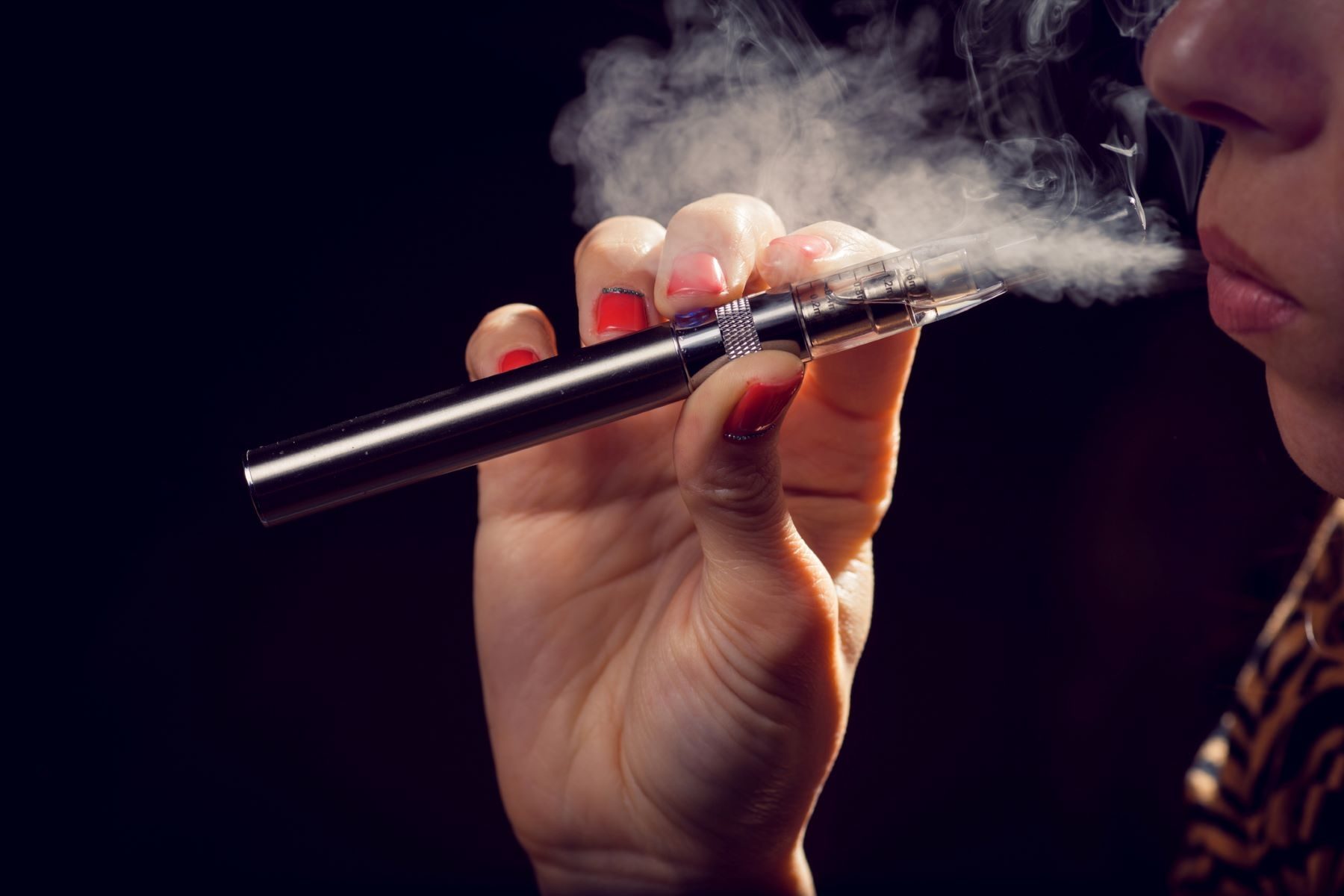
Most young people exposed to vaping ads, despite restrictions
In the UK, 92% of young people that are aware of vaping have seen e-cigarette advertising, according to a new study by The George Institute for Global Health. The research findings were published today in the journal Tobacco Induced Diseases.
An international study of more than 4,000 people aged 15-30, around 1,000 of whom resided in the UK, showed 62% of UK respondents who had heard of e-cigarettes saw advertising at general retailers (supermarkets, corner shops and petrol stations). Despite online advertising bans, the second most common source of exposure was social media, with YouTube (42%), Instagram (42%), and TikTok (41%) being the worst offenders.
Professor Simone Pettigrew, lead author and Program Director of Health Promotion and Behaviour Change at The George Institute said,
“Of the countries we investigated, the UK has the most relaxed laws on vaping, which may explain why most of the young people we surveyed had seen e-cigarette advertising. Previous research has shown that advertising exposure is linked to e-cigarette use, so in line with World Health Organization recommendations, it’s time for a total advertising ban to curb uptake and protect the health of future generations.”
In 2019, the UK e-cigarette industry spent over £32 million on e-cigarette advertising. Previously, The George Institute reported that almost two thirds (62%) of young people are susceptible to taking up vaping, and according to Cancer Research UK over one third say e-cigarette adverts make vaping appealing. Although vaping is considered to be less harmful than smoking tobacco, e-cigarettes are not without risk and their long-term health effects are still unknown.
In the present study, UK e-cigarette users reported seeing advertising at around twice the rate of those who have never vaped on all social media channels assessed – Instagram, YouTube, Facebook, TikTok, Snapchat, X (formerly known as Twitter), and Pinterest. Researchers also identified an association between the number of different types of media exposure and vaping. Every additional exposure to a source of advertising, such as location or social media platform, increased the likelihood of using e-cigarettes by an additional 5%.
Dr Ana-Catarina Pinho-Gomes, Honorary Research Fellow at The George Institute UK said,
“It’s possible that e-cigarette users are more receptive to advertising than non-users, or that social media algorithms may be targeting ads to those who vape, leading to increased exposure amongst current users. Regardless, the pervasive nature of e-cigarette advertising online shows that regulations are only as good as the measures that enforce them. The UK government must get tougher on those that flout the rules, and consider issuing substantial fines to the e-cigarette, advertising, and social media companies that break them.”







